Your smartwatch can prevent overtraining by monitoring key indicators like heart rate variability, training load, and recovery metrics. Use heart rate zones calculated from 220 minus your age to maintain ideal intensity, while tracking weekly training load to avoid excessive strain. Watch for elevated resting heart rate, poor sleep quality, and extended recovery times that signal overtraining syndrome. Advanced features like muscle fatigue detection and biomechanical analysis provide deeper insights into your body’s stress response and help you optimize training schedules for sustainable progress.
Understanding Overtraining Syndrome and Warning Signs
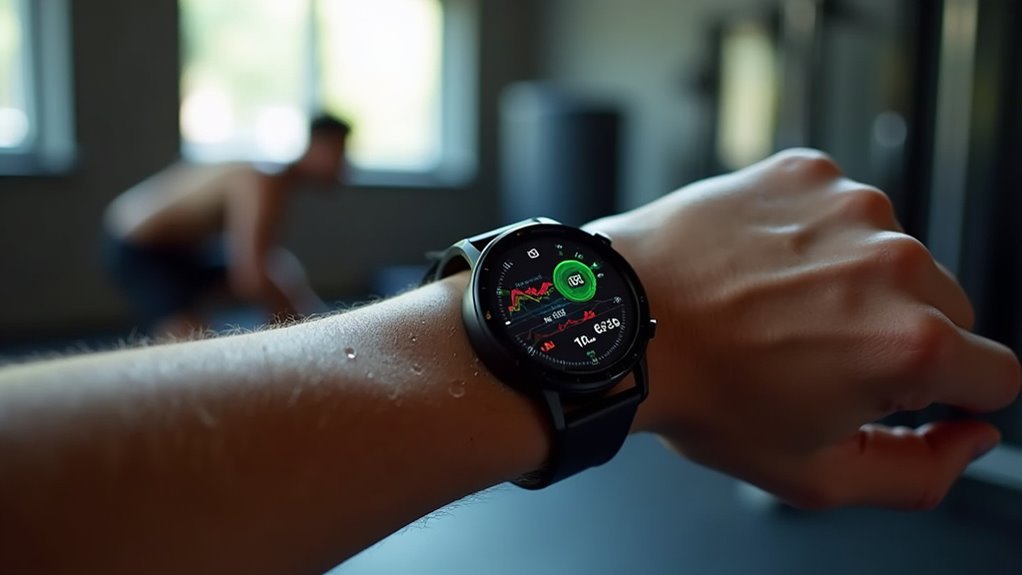
While temporary fatigue after intense workouts is normal, overtraining syndrome represents a serious maladaptive response that occurs when you push your body beyond its recovery capacity without adequate rest.
Unlike regular exercise fatigue, OTS disrupts multiple body systems including hormonal, muscular, and immune functions.
You’ll experience persistent exhaustion that doesn’t resolve with normal rest periods. Warning signs include chronic muscle soreness, increased illness susceptibility, and mood changes like irritability or depression.
Your performance will decline despite maintaining training intensity, and you’ll notice elevated resting heart rate or poor sleep quality. Severe cases can progress to bradycardia, where your heart rate drops below normal levels.
Mental symptoms encompass decreased motivation, difficulty concentrating, and loss of training enthusiasm.
These effects can impair your daily life beyond athletics, affecting work or academic performance.
Heart Rate Monitoring for Optimal Training Intensity
Since your smartwatch continuously monitors your heart rate throughout the day, you can leverage this data to maintain ideal training intensity and avoid the overexertion that leads to overtraining syndrome.
Your device calculates heart rate zones using the standard formula of 220 minus your age, then creates training zones based on percentages of this maximum. You’ll get more accurate zones by manually entering your resting heart rate and personal metrics like weight and age.
Manually entering your resting heart rate and personal metrics delivers more accurate training zones than relying on age-based formulas alone.
During workouts, monitor your real-time heart rate to stay within appropriate zones. If you’re consistently hitting extremely high intensities, you’re risking overtraining. Regular updates and recalibrations of your heart rate zones may be necessary as your fitness level improves over time.
Your wrist-based monitor provides sufficient accuracy for most training scenarios, though chest straps offer better precision during vigorous activities when exact measurements matter most.
Training Load Management and Recovery Tracking
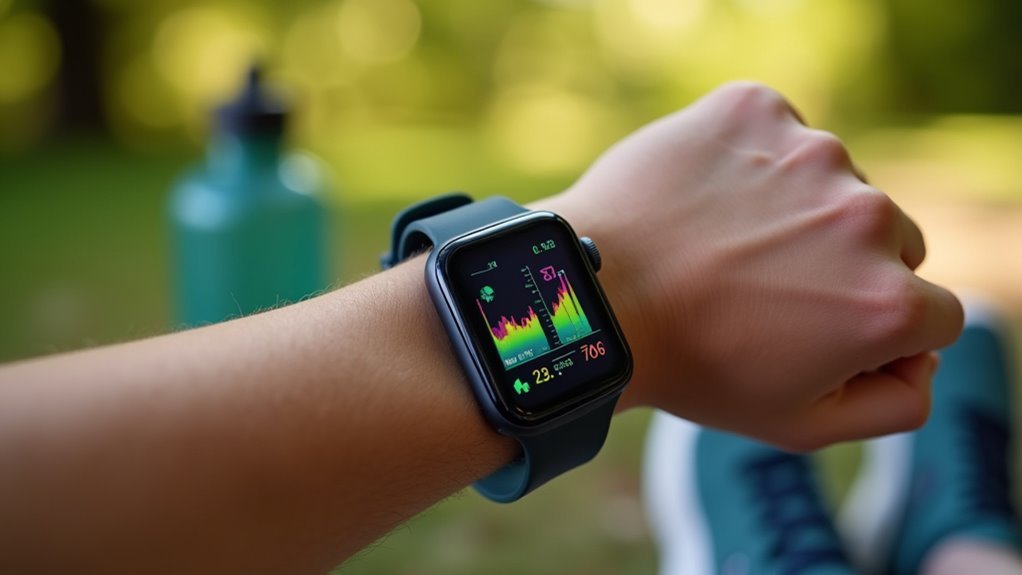
Beyond monitoring your heart rate during individual workouts, your smartwatch calculates training load—a thorough measure that combines the intensity and duration of all your activities over a rolling seven-day period. This calculation uses excess post-exercise oxygen consumption (EPOC) measurements to gauge your body’s strain.
Different devices approach this differently. Garmin relies on EPOC data, while Apple Watch allows you to adjust effort ratings for more personalized calculations. Polar combines wrist-based acceleration with heart rate data.
Your smartwatch also tracks recovery needs. Polar estimates recovery time in days and hours, while Apple Watch provides overnight essentials for additional insights. Most devices display your training load within specific ranges indicating whether you’re in a high, optimal, or low training zone.
Use this data to adjust your training intensity, preventing overtraining and maintaining sustainable progress through informed decision-making.
Muscle Fatigue Detection Through Wearable Technology
As fitness trackers evolve beyond basic heart rate monitoring, they’re now incorporating sophisticated sensors that detect muscle fatigue at the cellular level. Your smartwatch can track electromyography (EMG) signals that detect electrical muscle activity changes, achieving up to 100% accuracy for specific tasks.
Motion sensors monitor movement deviations during exercise, while sweat analysis measures pH levels indicating muscle acidity buildup.
AI algorithms process this data through machine learning models, providing accuracy rates from 61% to 100% depending on classification complexity. Your device can alert you when fatigue thresholds are reached, preventing overtraining before muscle failure occurs.
These wearables continuously monitor without interrupting your activities, with some systems showing error rates below 15% for fatigue quantification in real-world applications. Modern devices can also analyze heart rate variability to assess your body’s self-regulatory responses during physical stress and recovery periods.
Advanced Smartwatch Features for Injury Prevention
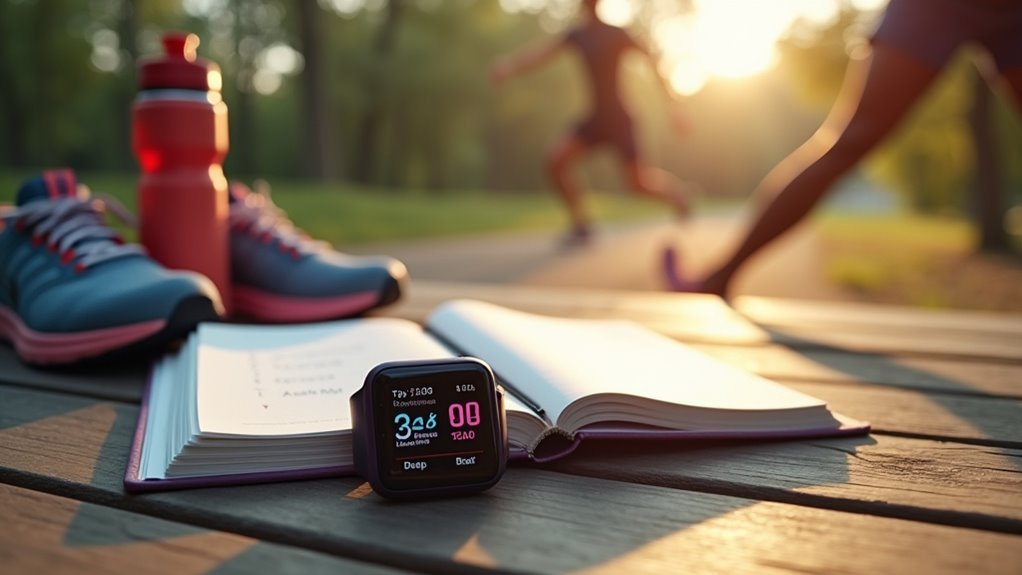
While muscle fatigue detection provides essential real-time feedback during workouts, your smartwatch’s injury prevention capabilities extend far beyond monitoring tired muscles. These advanced features create an extensive safety net that protects you from overtraining injuries before they occur.
| Feature | Prevention Method | Benefit |
|---|---|---|
| Training Load Tracking | 10% rule alerts for mileage increases | Prevents stress fractures and tendinitis |
| Heart Rate Monitoring | Sustained high HR alerts | Avoids overexertion and fatigue injuries |
| Biomechanical Analysis | Gait and stride pattern tracking | Optimizes form to minimize injury risk |
| Sleep/Stress Tracking | Recovery optimization insights | Identifies high-risk periods for injuries |
| Ergonomic Design | Wrist switching and fit customization | Prevents nerve compression and skin issues |
Your smartwatch transforms into a proactive injury prevention system that safeguards your long-term athletic health. However, proper fitting and regular cleaning of your device itself remain crucial to prevent wrist strain and skin irritation that could compromise your training consistency.
Frequently Asked Questions
Can Smartwatches Differentiate Between Overtraining and Normal Workout Fatigue?
Your smartwatch can partially differentiate between overtraining and normal fatigue using heart rate variability, sleep quality, and stress indicators, but accuracy decreases with exercise intensity and requires clinical validation for reliable diagnosis.
How Accurate Are Consumer Smartwatches Compared to Professional Medical Monitoring Devices?
Consumer smartwatches meet accuracy guidelines for basic heart rate monitoring with 5-10% error rates, but they’re considerably less accurate than medical devices for blood pressure, arrhythmias, and other essential signs during intense activity.
What Should I Do if My Smartwatch Data Conflicts With How I Feel?
Trust your body’s signals over smartwatch data when they conflict. Adjust your training intensity based on how you’re feeling rather than device readings. You can cross-validate with other devices or consult healthcare professionals.
Are There Specific Smartwatch Brands Better Suited for Overtraining Prevention?
You’ll find Garmin and COROS excel for serious athletes with advanced recovery metrics, while Fitbit offers solid mid-range overtraining features. Apple Watch provides thorough health integration if you’re already in their ecosystem.
How Long Does It Take to See Overtraining Patterns in Smartwatch Data?
You’ll typically need about one week of continuous smartwatch data to detect early overtraining patterns. However, more reliable detection requires comparing your current week’s metrics against four weeks of baseline data.
In Summary
You’ll transform your training approach by leveraging your smartwatch’s extensive monitoring capabilities. Don’t ignore the warning signs your device reveals—elevated resting heart rate, decreased HRV, and poor recovery scores all signal potential overtraining. You’re now equipped to balance intensity with adequate rest, track training load effectively, and detect early fatigue patterns. Your smartwatch isn’t just counting steps—it’s your personal coach preventing injury and optimizing performance through data-driven insights.

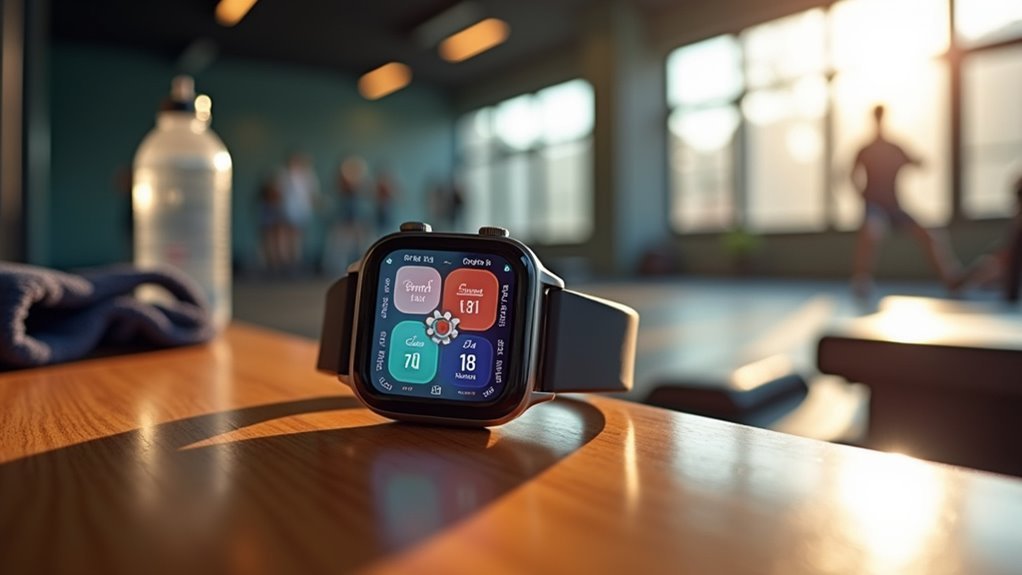
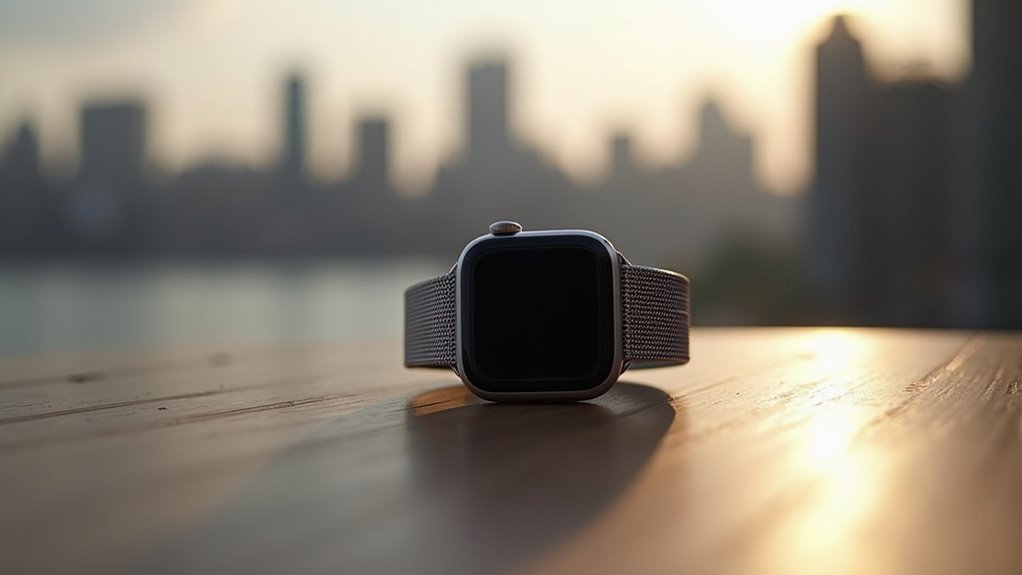
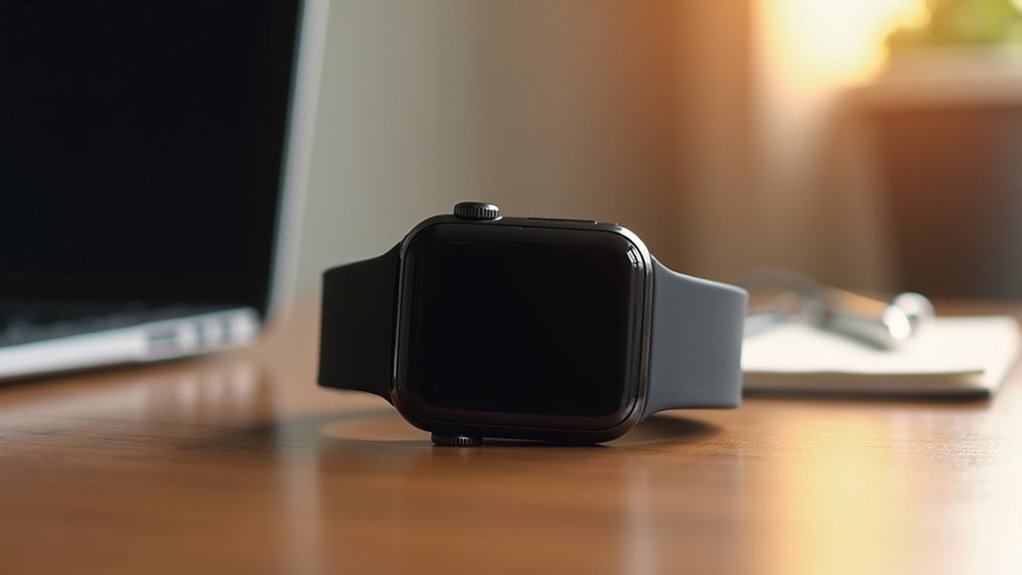
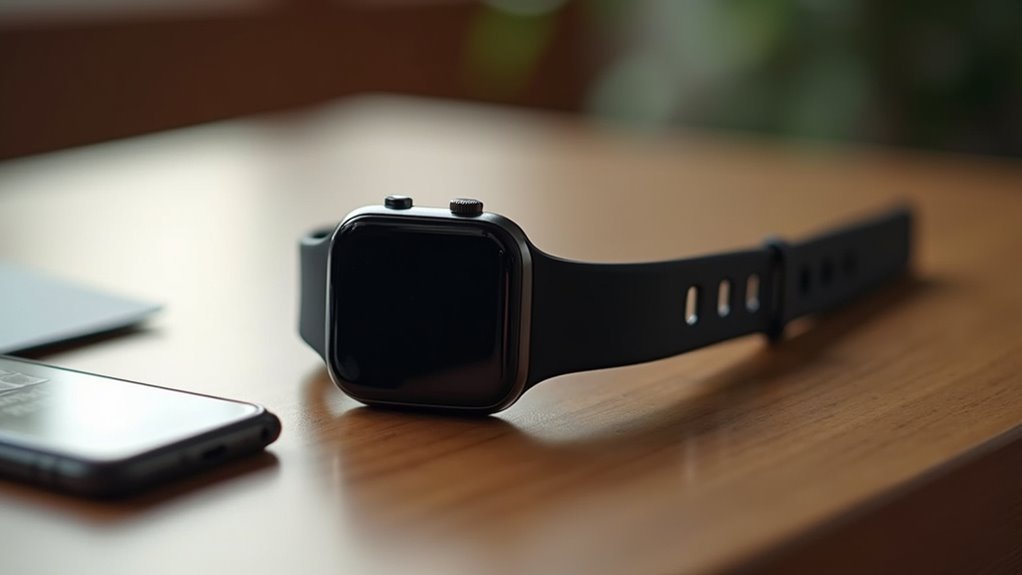
Leave a Reply